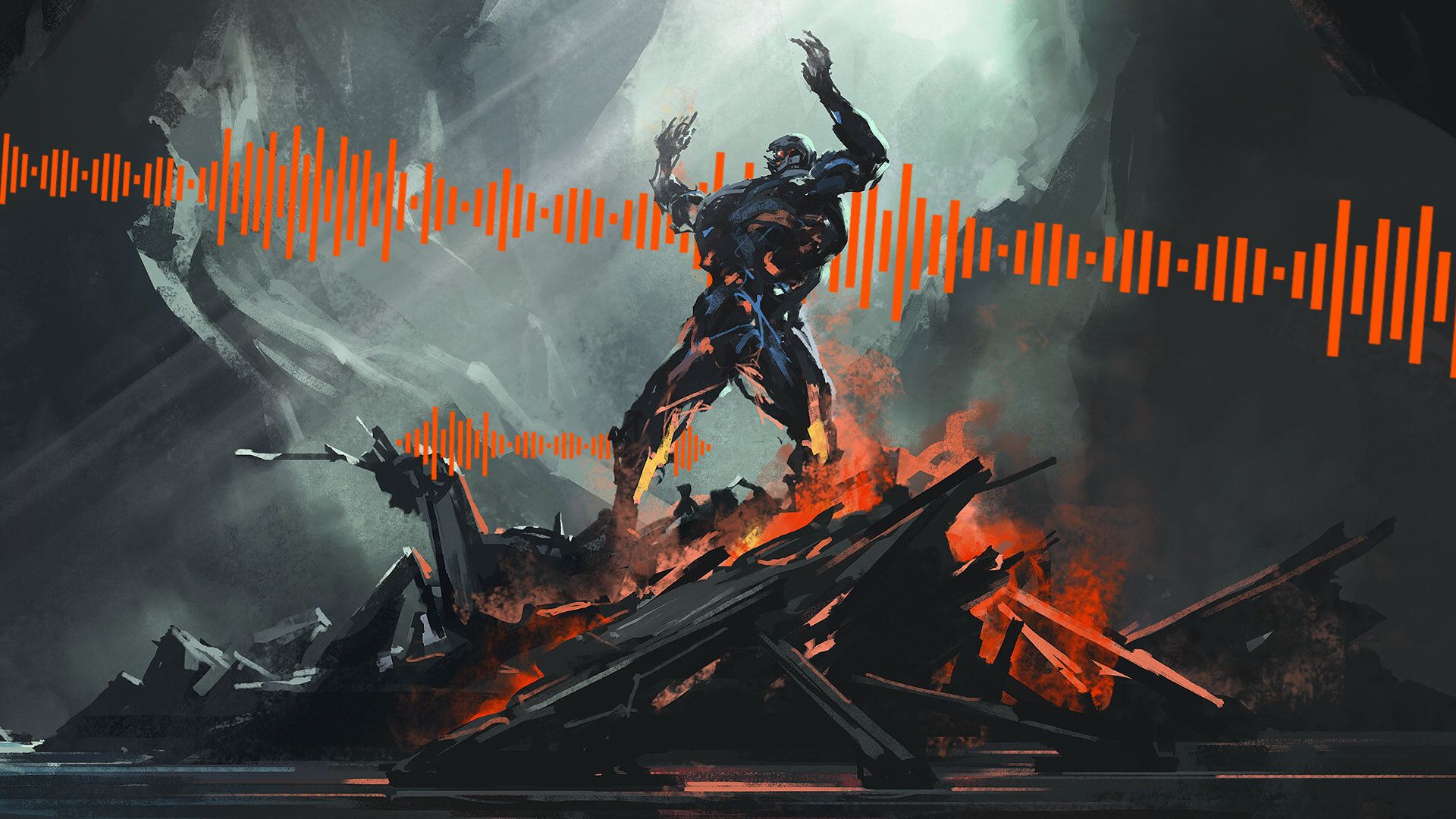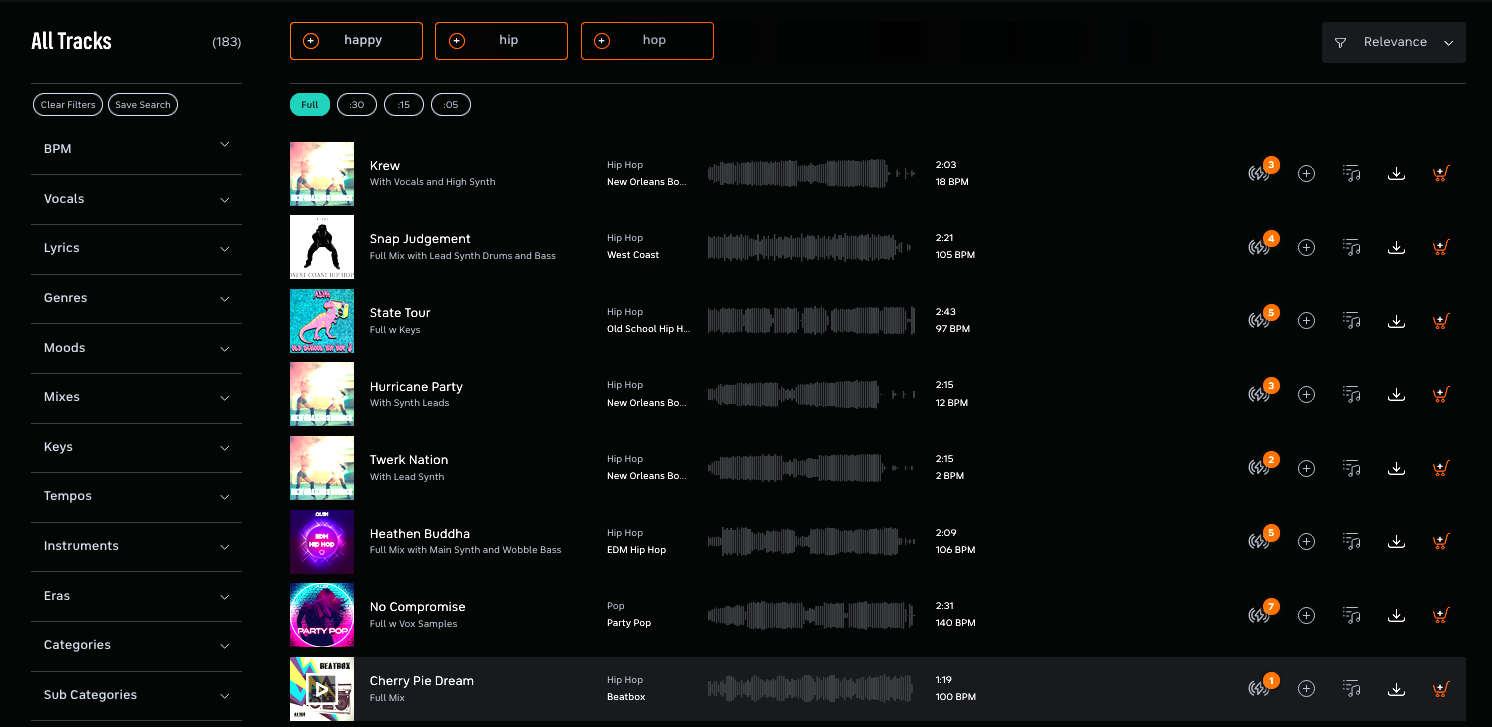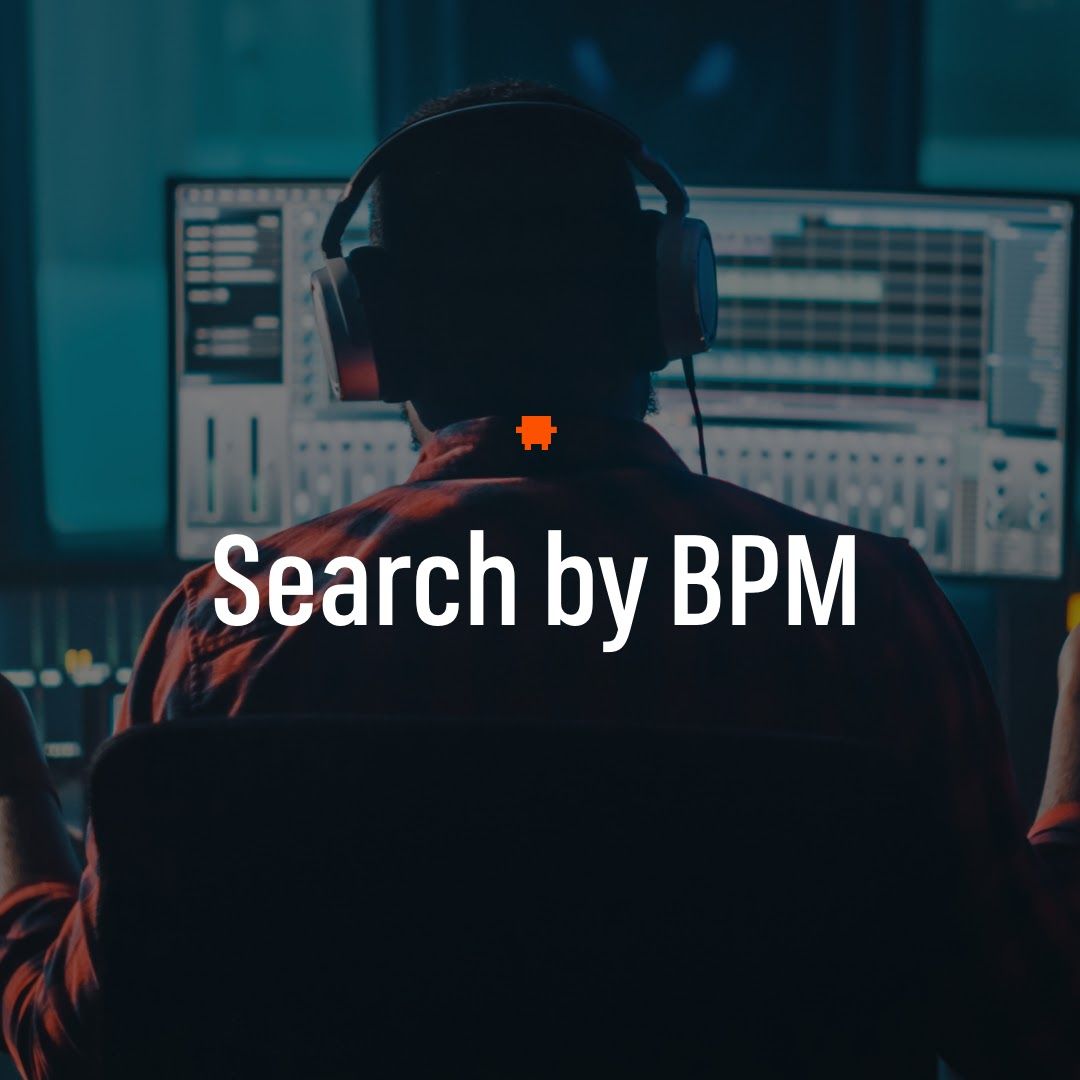Read this article as it was originally published by Realscreen: https://realscreen.com/2021/09/16/realscreen-u-nine-tips-for-working-with-production-music-libraries/
For new talent in the unscripted and non-fiction production community, knowledge is power. In ‘Realscreen U,’ we present a series of op-eds offering the next generation of creatives and decision-makers access to insider advice from executives as the industry looks to the future of film, TV and streaming. Below, we hear from Jonathan Parks, an executive producer and the founder of Alibi Music.
To the factual entertainment creator in the process of scoring their documentary, true crime series or reality competition show: I feel your pain.
The right soundtrack, after all, can instantly connect viewers with a project, giving non-scripted and unscripted content a relatable appeal while branding it sonically. So, yes, the pressure is on.
“Music is an extremely powerful tool and if wielded correctly can completely transform any narrative,” EP/showrunner Pete Ritchie (Travel Channel’s Expedition Bigfoot, MTV’s True Life, CNN’s Declassified: Untold Stories of American Spies) tells me. “It is one of the most important elements I consider when exploring a new project.”
On the one hand, you have the option of commissioning a composer, which can be incredibly rewarding and enjoyable — budget and time permitting.
Another option is to leverage a pre-built production music library with the work of hundreds of composers, allowing your editor to creatively score a project using elements from the catalog.
“If I’m working with a great music library, I should be able to take a random track, play it and feel something,” Ritchie says.
But what should factual entertainment creators know in order to get the most out of working with production music libraries? As an executive producer and founder of
, I’ve identified nine important details to keep in mind:1. Make sure the music library has stems and alt versions for its tracks
This is especially important for documentary use, where stems and alt versions can help customize the way you score the story with existing elements. For example, a sparse mix with no drums can be good for more poignant moments. Then, you can bring in a drum stem or cut it with a rhythm mix and add the lead instrument to build the intensity of the emotion throughout the scene, or cut to the climax of a full mix that includes all of the instrumentation available in the piece of music.
These stems and alt versions should ideally contain unique data. This gives each audio file its own unique mood, genre and/or instrumentation to search through.
2. The structure of a library’s music tracks is equally key
You’ll want to find a library with track structures that allow edit points to drop in alternate endings and build — even if it’s for the last couple of seconds — at the end of a scene. Ideally, these will look like mountain ranges. This versatility of the structure allows for variations in momentum while maintaining a consistent sound (see image below).
“As a former editor, I know that selecting music for a scene isn’t just about matching the correct tone and feeling – tempo, pace and overall structure has to fit as well,” Ritchie explains. “Tracks must have variety and dynamism within their framework. And in the event that you have a track where only the emotion matches, the availability of stems allows an editor the freedom to actually compose a new track with a more fitting structure.”
3. Look for a catalog with a breadth of genres
With factual entertainment spanning poignant documentaries to dating competition shows and everything in between, it’s important to find a library that provides drama and emotion, as well as Top 40 pop songs.
4. A large, diverse sound effects catalog can accentuate moments within the cut
Whether it’s a whoosh in the transition from one scene to another or a subtle, low boom that you barely hear, a music library with a catalog of sound effects and transition elements will help enhance what’s happening on screen.
5. High-quality trailer music is clutch for driving emotion in the scene transitions
Trailer music can help provide emotion during scene transitions. A solo instrument playing during the underscore, for example, could transition to a more dramatic emphasis (read: trailer music) for the break or next scene.
6. Find a music library that provides show bins
The music library you choose should offer playlists – or show bins – to fit your needs. If you need a bunch of drones for your show, the library should provide a show bin for drones. Or, say, an action bin for reality sequences requiring action.
7. Make sure the library is willing to offer show packages
Many catalogs like Alibi’s will offer show packages to create custom themes and bumpers to brand the show while also granting access to a large, diverse collection of easily searchable music for the underscore.
8. The best libraries are set up to work with content editors in their own environments
For those using Adobe Premiere Pro, you’ll want to find a library with an extension that enables editors to access, use and license its entire catalog directly from their own edit sessions. Conversely, for those working in Avid, make sure the library can provide a drive of the catalog in AAF/MXF formatting.
9. Avoid working with catalogs that don’t control the master and publishing rights for all of its music exclusively in perpetuity
While utilizing a blanket license to score a show allows use of all of that catalog’s music, many libraries still have music that isn’t completely controlled in perpetuity, which means it’s possible that it might leave the catalog between the time the music is edited into your show and the time that show is ready to be released. The result? Added time and money for everyone to replace the track.
When the music is exclusive to a library and written specifically for its catalog, the library will have knowledge of where and how the track came to be, as well as relationships with trusted composers who aren’t submitting someone else’s work. Additionally, another catalog containing the same track won’t be in contact to see if it was licensed or not.





